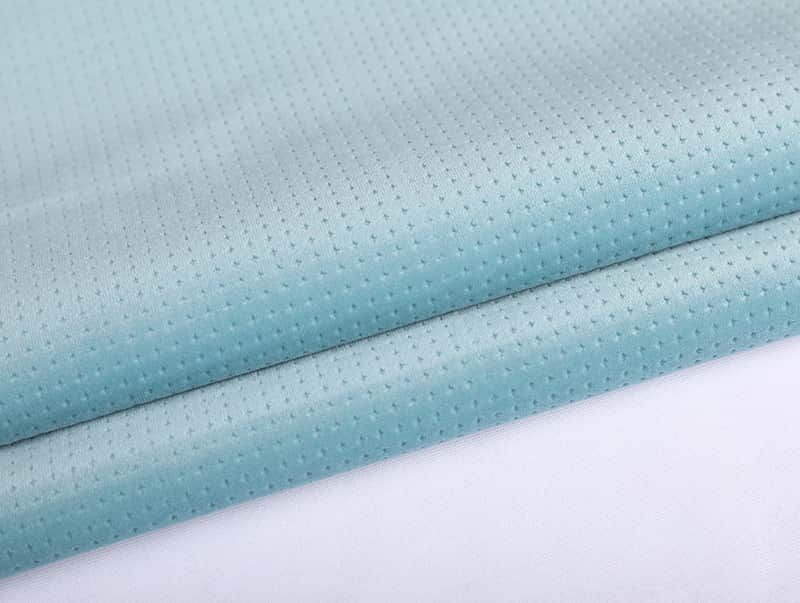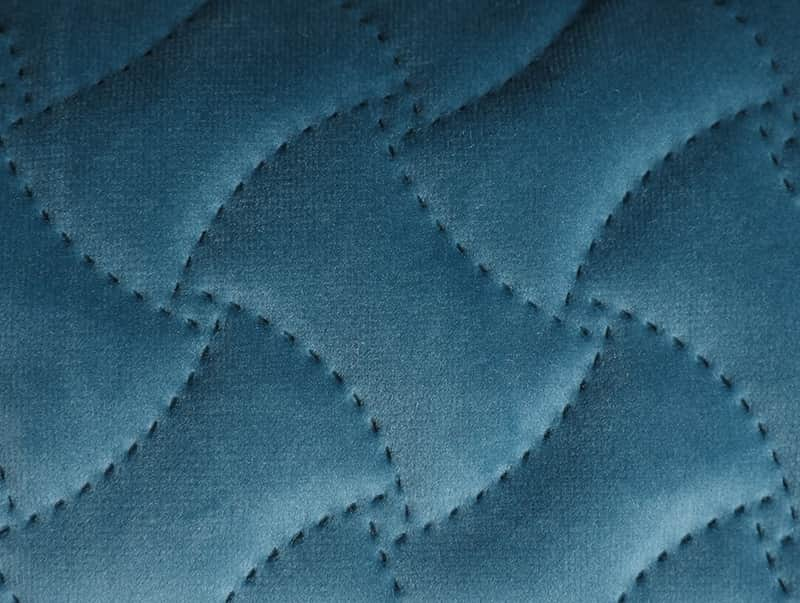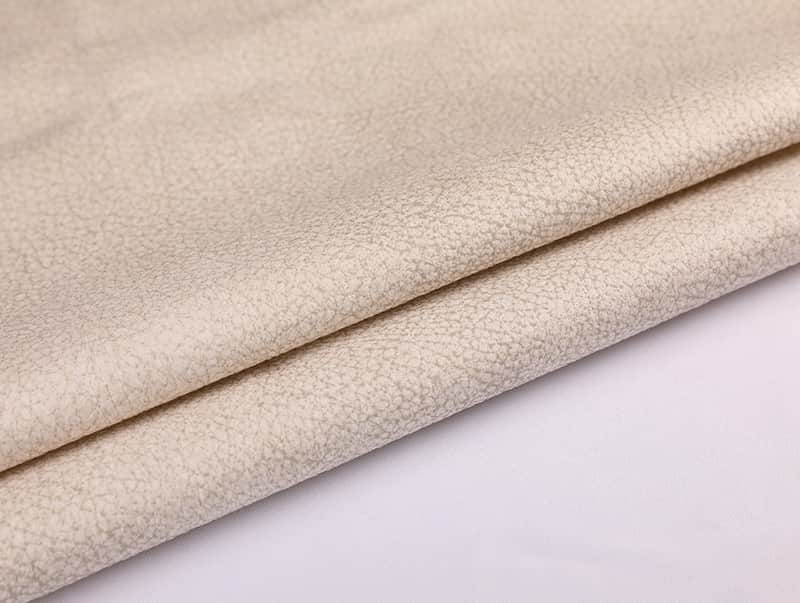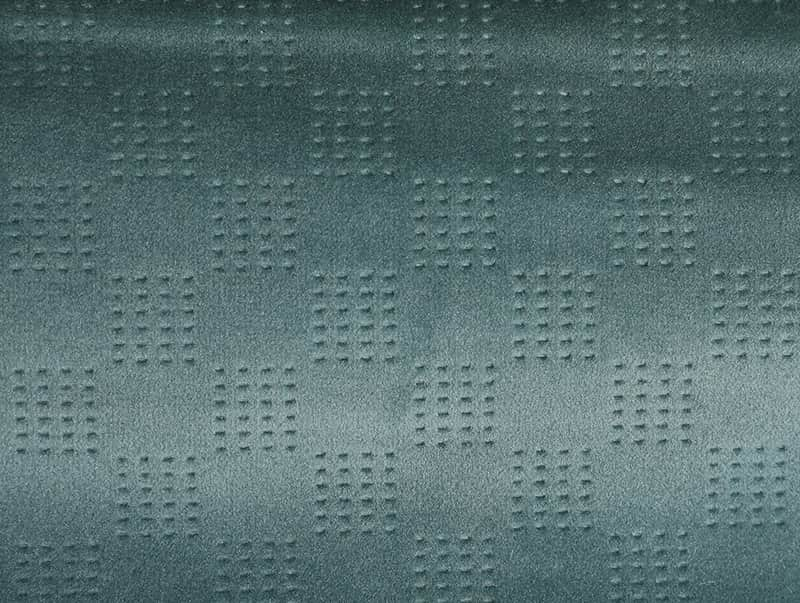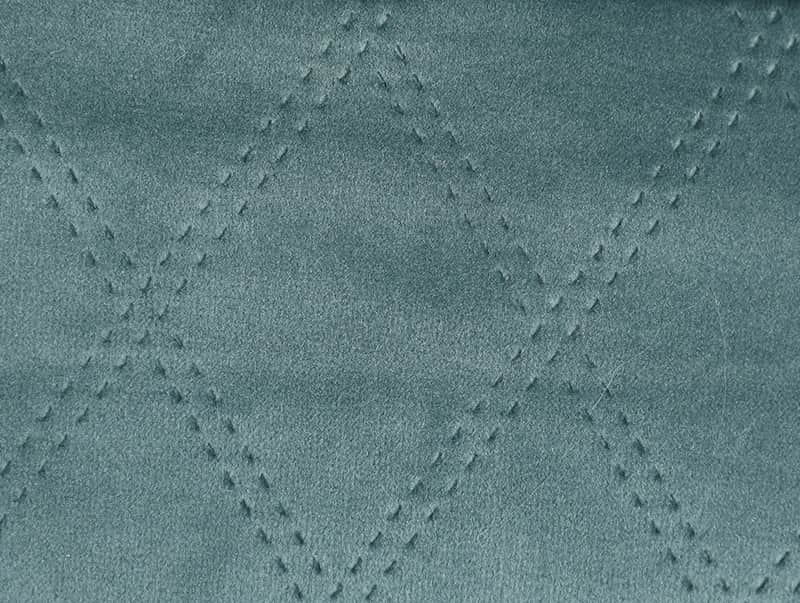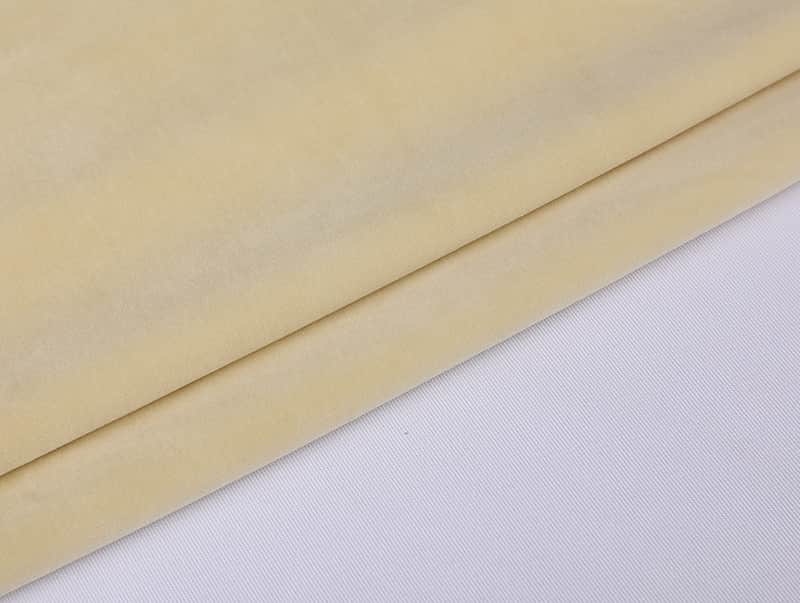Specific fabrics are often preferred for different vehicle models or market segments based on factors such as the target audience, vehicle type, and intended use. The choice of headliner fabric can contribute to the overall interior design, comfort, and performance of the vehicle. Here are some general considerations for preferred fabrics in different automotive headliner-fabric segments:
Economy and Entry-Level Vehicles:
In economy and entry-level vehicles, cost-effectiveness is a primary consideration. Common fabric choices include simple and durable materials, such as polyester blends. These fabrics may prioritize practicality and affordability over luxury.
Mid-Range Vehicles:
Mid-range vehicles often feature a balance between cost and a slightly higher level of comfort and style. Fabrics with additional features, such as better aesthetics, improved texture, and enhanced durability, may be used in this segment.
Luxury and High-End Vehicles:
Luxury vehicles typically use high-quality, premium fabrics to create a luxurious and comfortable interior. Materials like high-grade leather, Alcantara, suede, or high-end fabric blends may be preferred. These fabrics offer comfort, durability, and a luxurious feel.
Sports and Performance Cars:
Sports and performance cars may use specialized fabrics designed for a combination of comfort and performance. Options may include materials with enhanced grip, breathability, and resistance to wear. Alcantara or other premium synthetic materials are common in this segment.
SUVs and Crossovers:
SUVs and crossovers, especially those designed for family use, may feature durable and stain-resistant fabrics. Materials that are easy to clean and maintain, such as certain synthetic blends, are often preferred in these vehicles.
Commercial and Fleet Vehicles:
Commercial vehicles, including vans and fleet vehicles, may prioritize durability and ease of maintenance. Fabrics resistant to stains and wear, possibly with anti-microbial treatments, are common to ensure a clean and long-lasting interior.
Electric and Green Vehicles:
In the context of electric and green vehicles, there may be a preference for eco-friendly materials. Fabrics made from recycled or sustainable materials align with the environmental focus of these vehicles.
Custom and Limited Editions:
Custom or limited edition vehicles may feature unique and premium fabrics to distinguish them from standard models. These fabrics could include custom patterns, high-end leather, or exclusive textile blends.
Concept Cars and Prototypes:
Concept cars and prototypes often showcase innovative materials and designs. These vehicles may feature cutting-edge fabrics with advanced technologies, such as smart textiles, integrated lighting, or interactive surfaces.
Autonomous Vehicles:
In the context of autonomous vehicles, there may be a focus on creating a comfortable and relaxing interior. Fabrics with advanced comfort features, like temperature-regulating materials or integrated sensors, may be considered.

